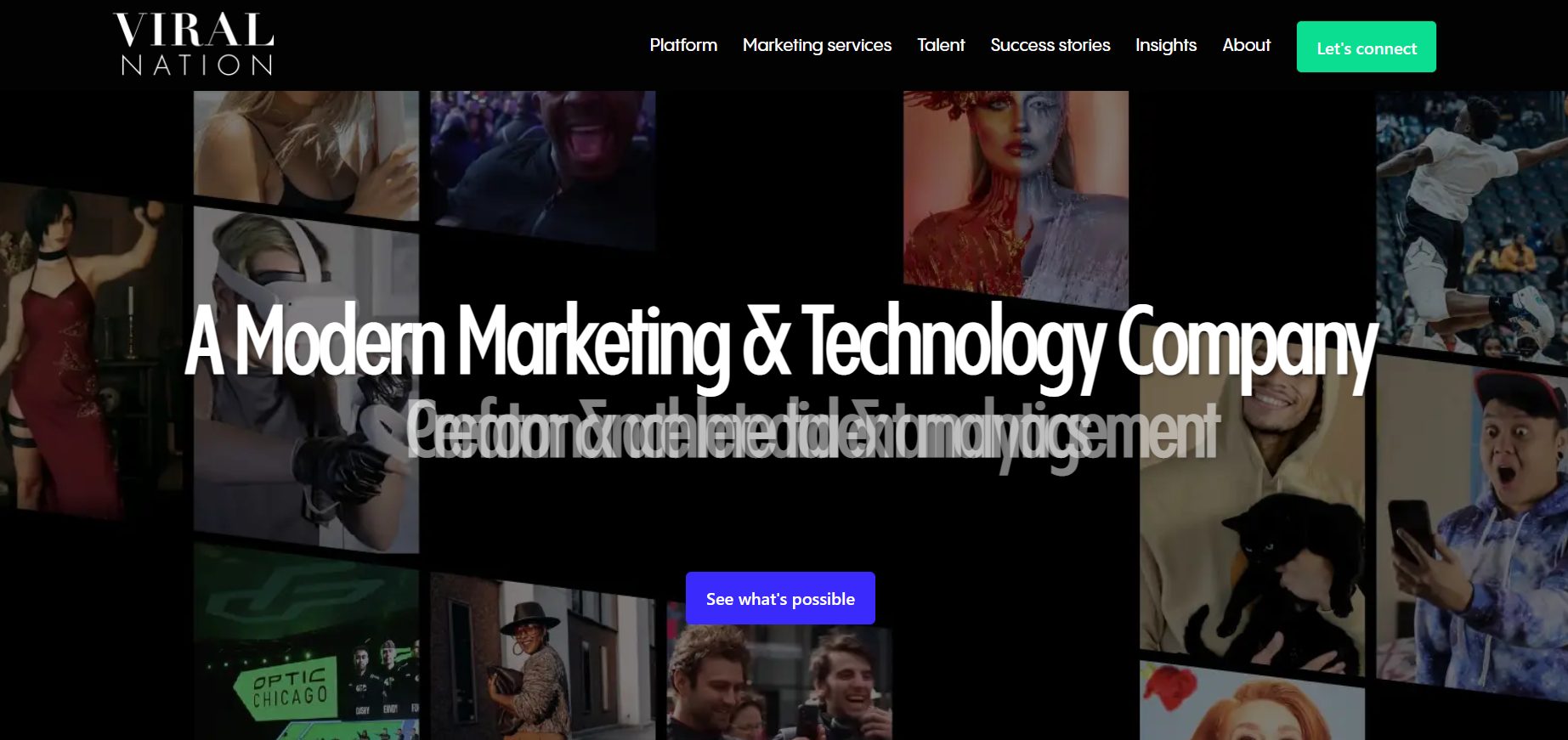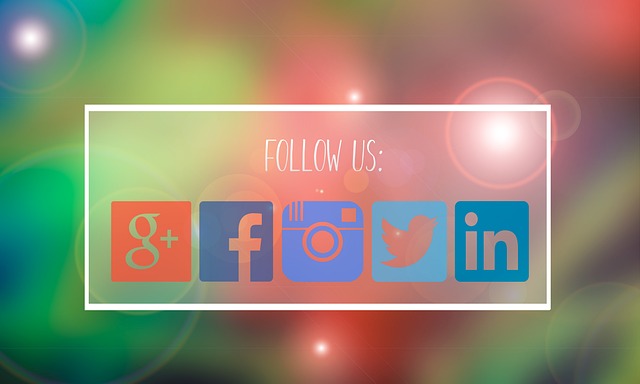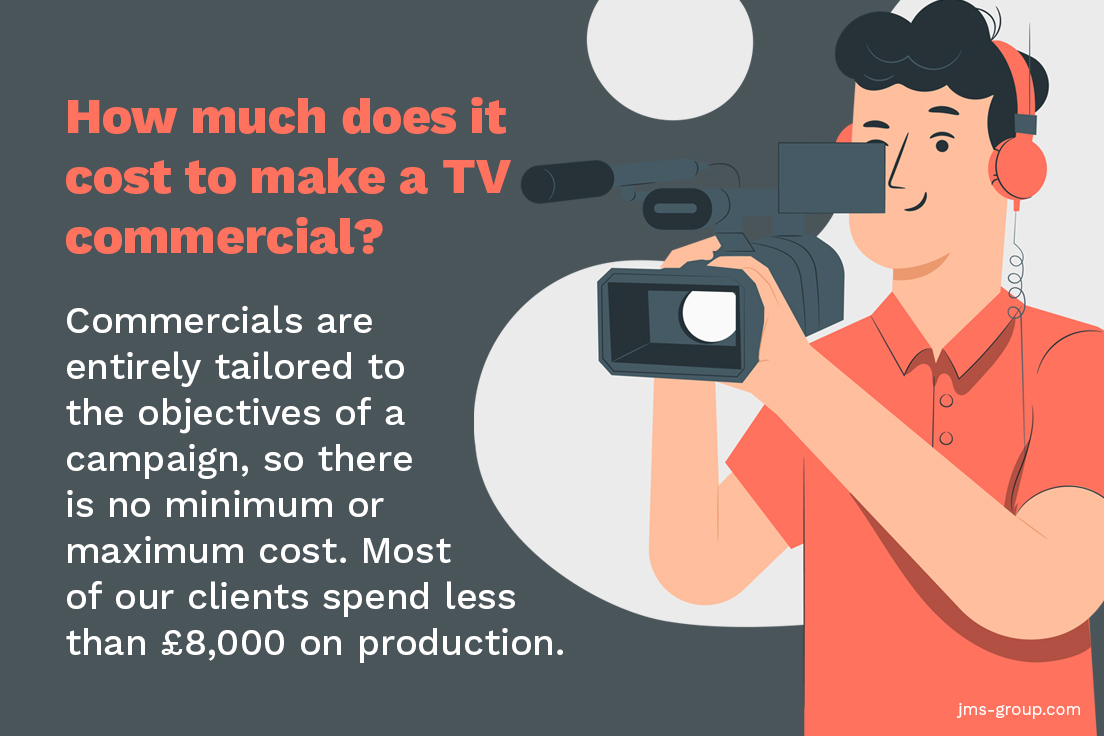
KFI AM, Los Angeles' most popular radio station, can be found at 640 AM. It broadcasts at 6:40 AM. The signal can also be heard in Arizona and Nevada. It is a news and talk channel during the day. In the evening it is a top 40 radio station. KFI is a national distributor of KFI's local programming.
In the 1960s, KFI was the flagship station of the Los Angeles Dodgers. Throughout the 1970s, it aired the entire Dodgers game. KFI was the main source of war information in Los Angeles during World War II. It also carried NBC Network's weekend radio service.
KFI started playing adult top 40 music around the mid-1970s. Popular disc jockeys are interspersed with aggressive local sport coverage. Dave Diamond was evening host. Bob Shannon survived, and later became a film actor coach in Los Angeles.
"The Swingin’ years" was a national syndicated television show that ran for 25 consecutive years. From 1956 to the early 1970s, Chuck Cecil hosted it. It aired before moving to KKJZ, Long Beach.

KFI changed from a top 40 format to a news- and talk station in the late 1970s. Scott Ellsworth's "Scott's Place" program featured jazz music. Ted Rall as well Charlie Fox were the other hosts.
Lohman & Barkley was a morning duo. They also did live call in shows. Casey Bartholomew worked as a board operator and wrote many of the most popular "updates." Tim Kelly contributed to the Bill Handel Program.
KFI is also a leader of the Emergency Alert System for Western U.S. and supplies play-by–play broadcasts to other stations throughout the Southwest. Its transmitter site is in La Mirada, California. It turned off HD signals on August 12, 2015.
KFI owns an iHeartRadio online streaming platform. There are two local shows, one of which is a national syndicated talk show. All hosts are Southern Californians. The station has featured some of the most famous radio personalities.
KFI has had a lot of change in its lineup over the past decade. Many of the original hosts have left the station. Some have returned. Neil Saavedra is now the marketing director. Mike Nolan is now the marketing director.

KFI added new programs. Mike Nolan, a subject matter expert on aviation topics, was back on air after a long hiatus. He hosts the Sunday Jesus Christ Show.
On the day of KFI's 50th anniversary, it featured interviews with former NBC Radio personalities. Ev Kelly and Tim, as well as Mark Thompson from the "Swingin’ Years", were among the guests. Tom Leykis who hosts a political-oriented, "combatradio", was also among the guests. Dave Hull, who hosts a weekly talk program, joined the line-up in 2013.
KFI's 50th Anniversary Celebration was held at Burbank, CA radio station. Cox Broadcasting acquired KFI for $15million. This was the most ever paid for radio station.
FAQ
What is an advert buyer?
Advertisers buy advertising space on television, radio, and print media.
Advertisers are paid for the time that their message will appear.
They don't necessarily seek the best ad; they want to reach their target markets with the most effective ad.
The advertiser may have specific demographic information about their potential customers, such as age, gender, income level, marital status, occupation, hobbies, interests, etc.
The advertiser can use this data to determine which medium will work best for them. They may decide that direct mail works better with older people.
Advertisers also take into account the competition. If there are similar businesses nearby, they might choose to place their ads near those competitors.
Advertisers must also take into account the size of their budget as well as the time it will take to spend the money before it expires.
How much does it cost for social media advertising?
Social media advertising is expensive if you choose to take this route. You will be charged monthly based on how much time you spend on each platform.
Facebook: $0.10 per 1,000 impressions
Twitter - $0.20 for 1,000 impressions (if tweeting)
Send out invitations on Linkedin for $0.30 per 1000 impressions
Instagram - $0.50 Per 1,000 Impressions
Snapchat - $0.60 Per 1,000 Impressions ($0.40 per User)
YouTube - $0.25 per 1,000 views
Tumblr - $0.15 per 1,000 impressions for text posts.
Pinterest - $0.05 per 1,000 impressions per month
Google + - $0.15 - $0.20 per 1 Million Impressions
Tumblr- $0.15-$.20 for 100,000 impressions
Vimeo - $0.20 to $0.25 per 10,000 impressions
Soundcloud - $0.20 - $0.0.25 for 1,000,000 plays
StumbleUpon - $0.20 -$0.25 per 1 billion pageviews
Digg - $0.20 - $0.25 per 1000 diggs
Reddit - $0.20-$0.25 per 1000 comments
Wordpress - $0.20--$0.25 per 500 comments
Flickr - $0.20 -- $0.25 per 5,000 photo uploads
What is an Ad Campaign?
Advertising campaigns are a series or advertisements that promote a product. This could also include the entire production of these ads.
The Latin word for selling is "ad." Marcus Terentius Varro, 116-27 BC, was the first to use it. He used it as a verb that meant "to make a sales."
Large companies or agencies usually do advertising campaigns. These campaigns may include many media types such as print, television, radio and the internet.
Advertising campaigns typically last for several months and have specific goals. For instance, some campaigns aim to generate awareness while others focus on increasing sales.
Advertising: What does it mean?
Advertising is an art form. Advertising isn't just about selling products. It's about making emotional connections between people, brands, and each other.
Advertising is all about telling stories with images and communicating ideas.
Communication must be clear and persuasive. Your target market should be able to relate to the story you tell.
Advertising is therefore different from other forms such as presentations, writing, and public speaking.
Because when you create a successful ad campaign, you are creating a brand identity for yourself.
This is how to be remembered. You become someone who people want to remember.
What do you need to know about radio advertising?
It is important that you understand the differences between media. All media forms can be considered complementary, rather than competing.
Radio is best used to complement television advertising. It complements TV by reinforcing key messages and providing additional information.
Radio listeners often find TV commercials too lengthy. Radio ads are typically shorter and less costly.
What are the basics of television advertising?
Television advertising is a very effective medium to reach many people at once. It was also extremely expensive. It can still be very powerful if used correctly.
Although there are many kinds of TV ads to choose from, all share the same characteristics. The first thing to remember when planning any type of TV ad is to ensure it fits into its category. It is not a good idea to try and run a lifestyle TV commercial while running a product or service commercial. Your message should be consistent throughout the entire campaign.
Second, prime-time hours are the best times to air your ads. This is because TV viewers often relax while in front of the screen. You want them relaxed enough that they can focus on you words.
Finally, just because you've a lot of money doesn't mean you'll get great results. In fact, the opposite may be true. A study conducted by the University of California found that commercials aired during popular shows were less likely to sell products than those aired during unpopular shows. It is important to do the right thing if your TV advertising budget is large.
What do you need to know about print advertising?
Print advertising is an effective medium for communicating with consumers. It is used by many companies for promoting products and services. The main goal is to catch the attention and buy from the consumer.
Print ads are usually one page in length and can include text, images and logos. Print ads can also contain sound, animation, videos, and hyperlinks.
The following categories are the most common types of print advertisements:
1. Brochures are large-format printed materials that are designed to draw people into shops. They often have colorful pictures and eye-catching designs.
2. Catalogues - These are smaller versions of brochures. They are typically sent to customers who have requested information on specific items.
3. Flyers - These are small pieces of paper distributed at events such as concerts and fairs. They are generally free but must be paid for if they are handed out at retail outlets.
4. Posters – These are larger versions for flyers. They can be displayed on fences, walls, or buildings. They are typically created using computer software programs that aim to attract the attention of passersby.
5. Direct mail: These are postcards or letters that are sent directly by post to potential customers. These cards are sent by companies periodically to remind their customers about their company.
6. Newspaper Ads – These are ads that appear in newspapers or magazines. These are typically quite long and often contain text as well images.
Statistics
- Advertising spending as a share of GDP was about 2.9 percent. (en.wikipedia.org)
- Worldwide spending on advertising in 2015 amounted to an estimated US$529.43 billion. (en.wikipedia.org)
- It collects money from the advertisers, keeps 32% for its role in facilitating the process, and the remaining 68% goes to the publisher (you). (quicksprout.com)
- Google will display whichever ad type (CPM or CPC) is expected to earn more revenue for the publisher, which is in Google's best interest since they take a 32% share of the revenue. (quicksprout.com)
External Links
How To
How to advertise Facebook
Facebook is a very popular social media platform. Facebook is used by around 1 billion people each month, according to estimates. Facebook is one of the most important companies in the world. Facebook's unique features such chat, video calling, games and others are why it is so popular. People who have Facebook accounts can upload photos, make comments, send emails, view videos and even play games. Facebook also offers the opportunity for businesses to market themselves by placing advertisements. These advertisements include text ads. Banner ads. Sponsored stories. Promoted posts.
Facebook advertising comes in two forms. One way is to pay for advertising. There are also free ways to advertise. These are the two methods we'll discuss below.
How to advertise on Facebook with paid options
Paid advertising is paid by Facebook for each impression. You can either pay monthly or annually. There are various types of paid advertising on Facebook. These include:
Text ads - These are similar to regular text ads. Text ads appear above or under the feed, instead of next to newsfeed items.
Banner ads are large, rectangular images that take up the entire screen. They typically advertise an offer, or a product.
Promoted Posts - Similar to regular posts, they appear at the top of the newsfeed. Businesses often promote their products with promoted posts.
Sponsored Stories are stories that have relevant content and appear at the top users' feeds. These stories are paid by brands and businesses seeking to reach potential customers.
How to use free advertising
Free advertising on Facebook is done using the same methods as regular Facebook. These include Banner ads and text ads.
You can't create a custom audience through free advertising, but this is not the case with regular Facebook. You can only target people based on age, gender, location, language, interests, and relationship status.
How to get started advertising on Facebook
To advertise on Facebook, you must first create an account. Once you have created an account, you can access all available tools. To set up your account, follow the steps below:
-
Click "Create an entirely new ad group."
-
Enter a name for your ad set.
-
You can choose the type advertisement you want to place (textual, image or video).
-
You can choose which areas you would like to target.
-
Fix the budget amount.
-
Select Facebook Audience Network from the drop-down menu.
-
Click "Next Step."
-
Click "Review & Continue".
-
Review your selections before clicking "Continue."
-
Provide any additional details.
-
Click "Save Changes."
-
Wait until the expired ad campaign is complete before you begin your campaign.
-
Once your campaign has ended, click "View Ad Statistics."
-
You can check the results of your campaign.
-
Keep going with steps 13-16, until you find the perfect settings for your company.
-
Get started advertising!